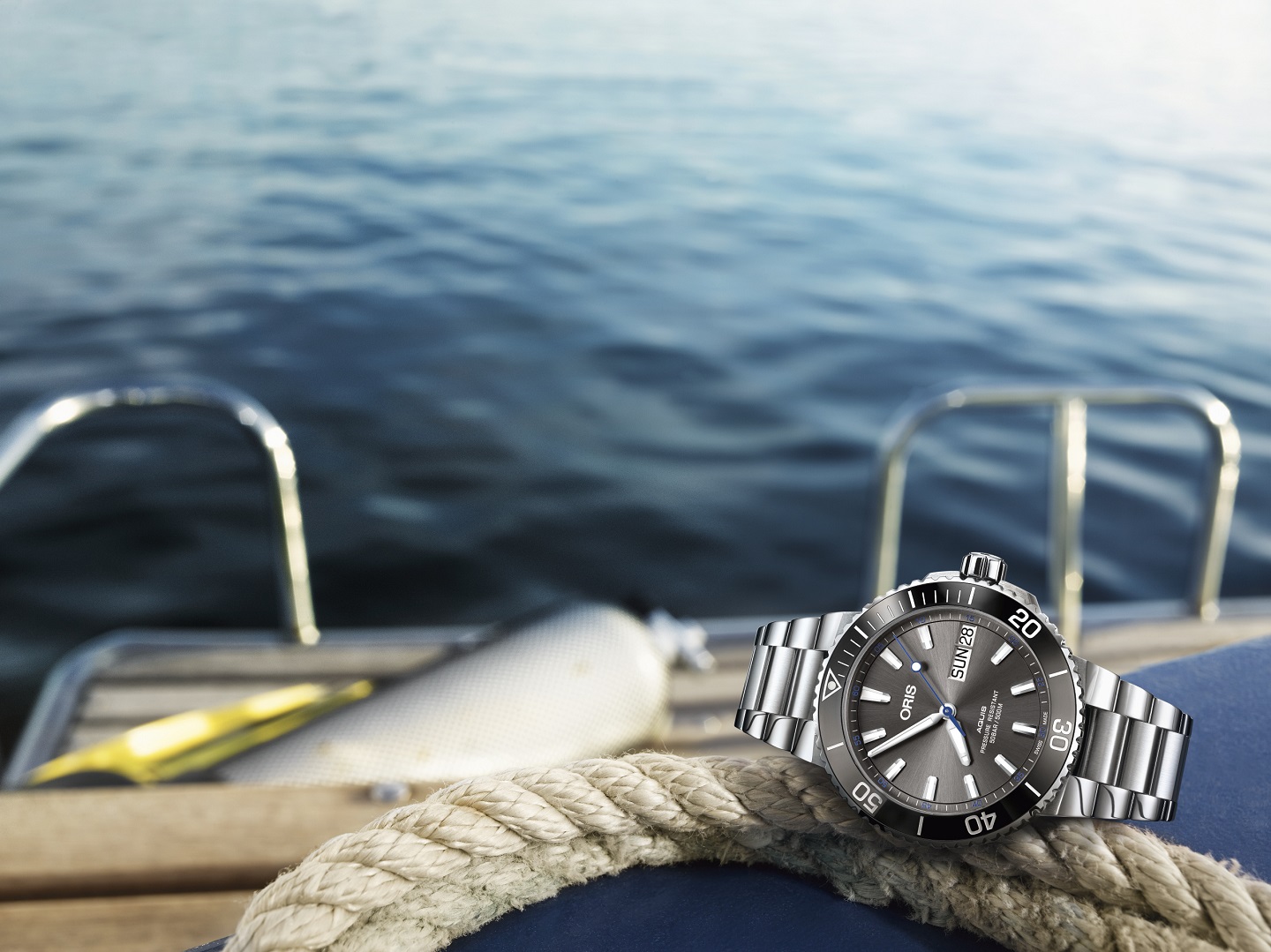
Steven Spielberg’s 1975 movie Jaws — about a man-eating great white shark that torments the residents of a fictional American seaside resort — unwittingly taught a generation of people to be terrified of sharks, and who also do not at all understand the nature of these gentle giants. Sharks are generally quite shy and much prefer to stay away from any sort of human contact, and will only turn violent if they feel threatened. In fact, sharks on average attack and kill 10 humans per year, while humans, in contrast, kill 20 million to 30 million sharks annually. Some of the time, it is for food, but most of the time, it is for sport.
Here is why this is dangerous: As apex predators, sharks play an important role in the marine ecosystem by maintaining the species below them in the food chain and serving as an indicator of the ocean’s health. They help remove the weak and the sick as well as maintain a balance between oceanic competitors, helping to ensure species diversity. As predators, they shift their prey’s spatial habitat, which alters the feeding strategy and diets of other species. Through these spatial controls, sharks indirectly maintain the seagrass and coral habitats. The loss of sharks has led to the decline in coral reefs and seagrass beds as well as commercial fisheries.
Apart from the damage the Spielberg movie did, threats like rising ocean temperatures and unsustainable fishing practices have dealt a harsh blow to the health of our oceans. Troubling predictions have been issued by leading ocean conservation experts, who have tracked the decline of the world’s shark population over the last 50 years — within just 40 years, sharks could be extinct.
This has been felt both in Malaysia and around the world, and sometimes it takes personally being out at sea to be reminded of what we stand to lose if we do not take important steps to change things. Independent Swiss watchmaker Oris did just that recently, launching its new Hammerhead Limited Edition aboard a sailing boat that was docked off the coast of idyllic Langkawi. Although there are sharks in the island’s warm emerald waters, oceanic sharks like the Hammerhead are more often found in the sea surrounding Pulau Layang Layang, an atoll northwest of Kota Kinabalu.
Oris, whose diving collection was first launched in the 1960s, has always had a close relationship with the ocean, and this year’s timepiece pays homage to one of the most visually arresting sharks of all — the Hammerhead. Sales of the gorgeous new Oris Hammerhead Limited Edition will help raise funds for a shark conservation project run by non-profit organisation Pelagios Kakunjá, and supported by Oris ambassador and professional diver Jérôme Delafosse.
“We have to do something about the declining shark population,” says Delafosse, who has spent the last 20 years observing the world’s shark and dolphin populations. “Sharks play a vital role in the life of our oceans and we must do everything we can to ensure their future. It’s our duty to protect them, and I’m thrilled to be working with Oris and Pelagios Kakunjá on this fantastic project.”
Pelagios Kakunjá’s mission is to understand the movements and migratory pathways of these marine predators. Its latest project is aimed at learning more about migration routes of the endangered Hammerhead sharks in the Eastern Pacific. According to the International Union for Conservation of Nature, the global population of Hammerheads has declined by up to 90% over the last 30 years — data that is reflective of an overall decline in the shark population.
Project scientists will tag sharks using MiniPAT satellite transmitters, funded by Oris. Each transmitter will track the sharks for six to nine months before being automatically released on a set date and floating to the surface, from where they will transmit collected data to satellites. Armed with this information, conservationists can advise marine regulators on sea-life-endangering fishing activities, which will, in turn, help make the ocean a more hospitable environment.

“Although Hammerheads aren’t found around here, Langkawi’s waters are so rich with an incredible array of marine life — and that is part of the big picture,” says Oris regional manager for Asia Michael Meier.
“Ultimately, being able to protect sharks will ensure better oceanic health overall, and that is what we aim to do with this collaboration. Our pioneering work with conservationists and our growing concerns of shark and coral extinction are the driving forces behind our environmental protection work.”
The Hammerhead Limited Edition is based on Oris’ second-generation Aquis collection, also launched this year. The new line picks up on the spirit and design DNA of the original 2011 Aquis, bringing the same high-performance together with a more stylish silhouette. The new Aquis has a visually lighter feel than its predecessor, but retains a uni-directional rotating bezel with the black ceramic inlay. Water resistant up to 500m, the watch ticks to the Oris Cal 752 automatic movement, which powers the hours, minutes and seconds funtions as well as the oversized day and date at three o’clock.
Limited to 2,000 pieces, the watch reflects the colour of the ocean with a blue central seconds hand and a blue minutes’ scale around the outer edge of its ephemeral grey dial. The caseback is beautifully embossed with a hammerhead shark and its limited edition number. This handsome 45.5mm stainless steel watch comes with either a rubber strap or a matching steel bracelet. The Oris Hammerhead Limited Edition is not just a high-performance diver’s watch; it will also play a significant role in the conservation of this stunning oceanic shark.


